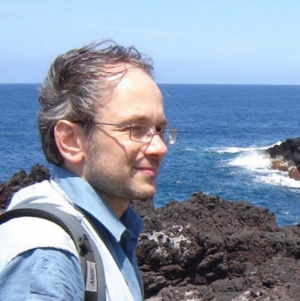Fattorini, S. & Strona, G. (2016) Human population density and tenebrionid richness covary in Mediterranean islands. Web Ecology, 16, 63-65.
Human population growth is expected to drive several species to local extinction. Yet, an unexpected high biodiversity can be found even in densely populated areas. Although a positive correlation between human density and biodiversity can be explained by the intermediate disturbance hypothesis, an alternative possible explanation may come from the tendency of human settlements to be located in sites whose environmental conditions are particularly favourable also for many other animal species. To investigate this hypothesis, we studied the relationships between human population density and species richness of native tenebrionid beetles in small Italian islands. We used partial regression analysis to assess the individual contribution of island area (to account for the species–area relationship), elevation (used as a proxy of environmental diversity), and human density to species richness. We found that tenebrionid diversity increased with human population density even after controlling for area and elevation. This may suggest that islands that were (and are) more hospitable to humans are also those which can be more favourable for tenebrionids.

